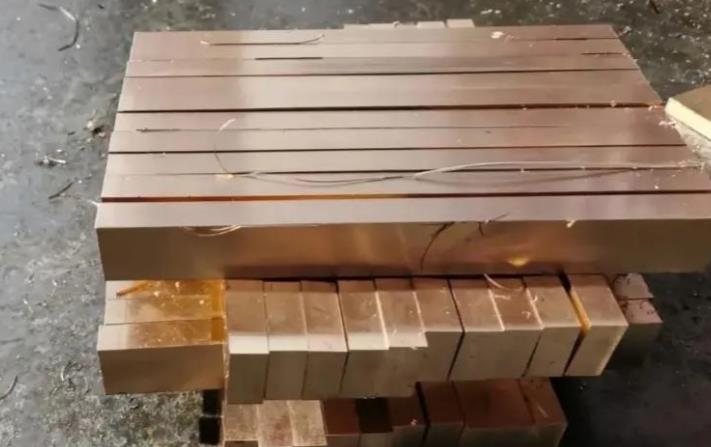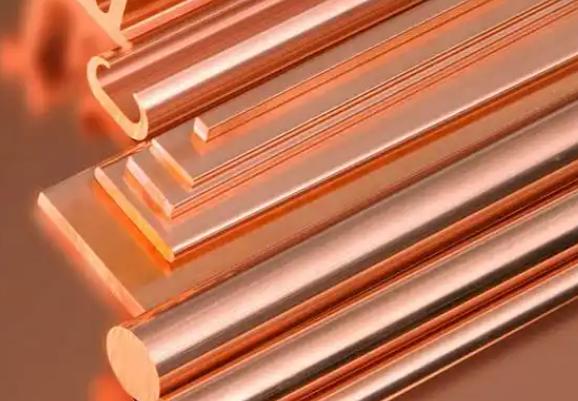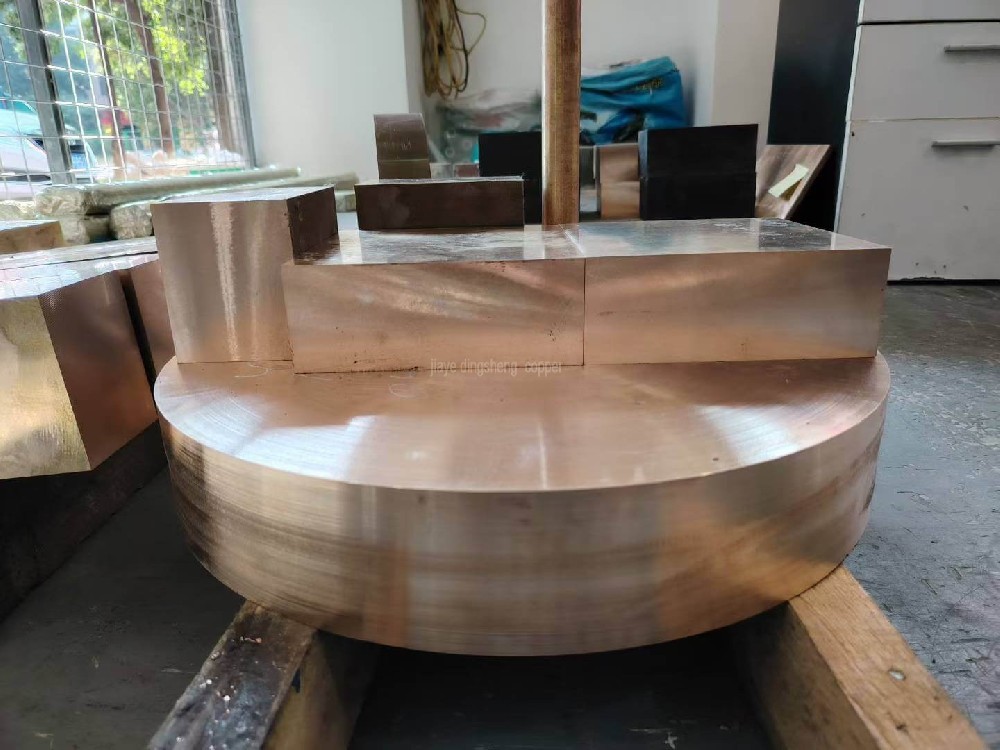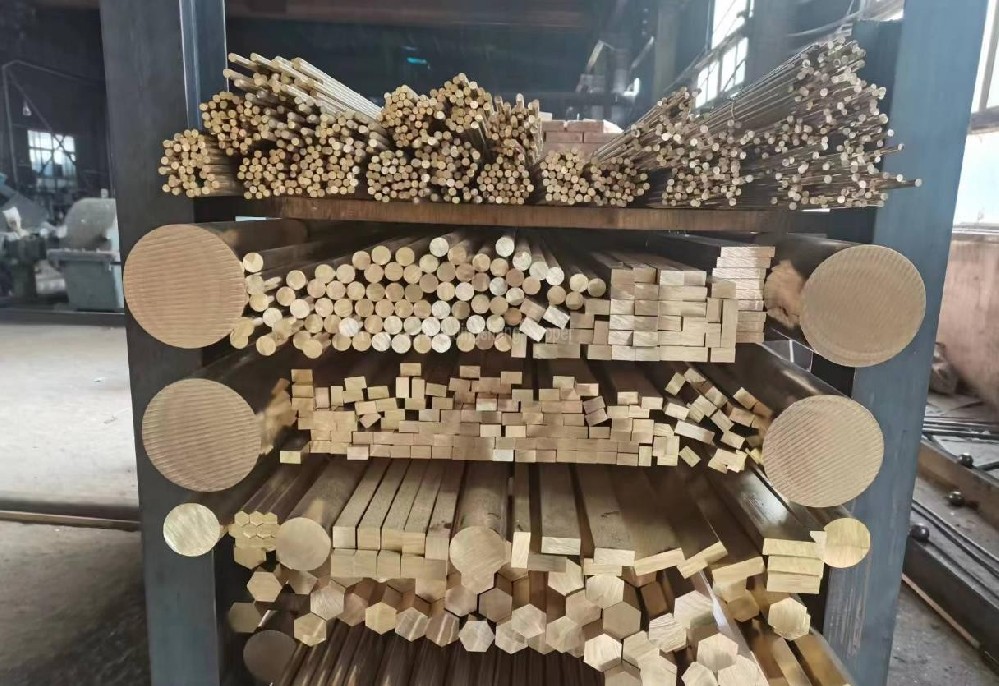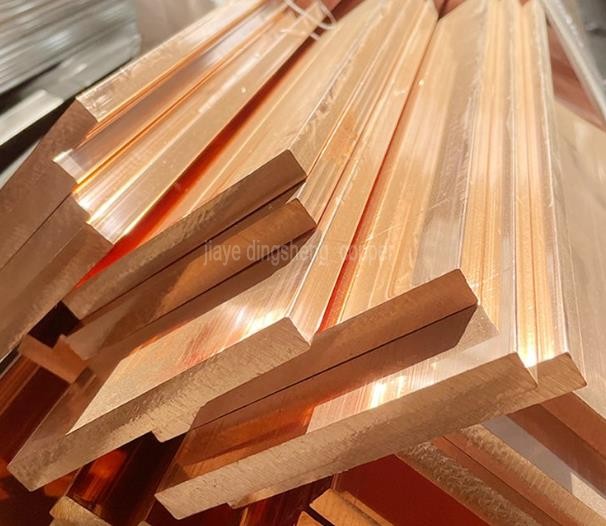Welding Performance of Beryllium Copper and Its Applications in Industry
Welding Performance of Beryllium Copper
Beryllium copper is a material with high strength, high thermal conductivity, and high electrical conductivity. During the welding process, it is prone to cracks and pores. Therefore, when choosing the welding process and materials, it is necessary to consider the specific situation comprehensively. The following introduces several common welding methods.
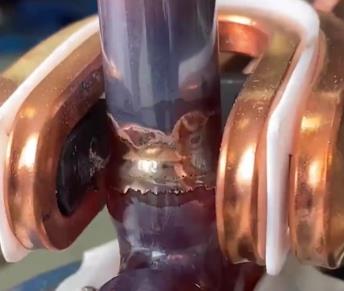
1. Plasma Welding
Plasma welding is a high-temperature welding method that can directly heat the metal to a high-temperature state, causing it to melt and undergo a chemical reaction to achieve material connection. Plasma welding has a good effect on the welding of beryllium bronze and can achieve precise welding operations.
Operation steps:
(1) Clean the oxide and oil stains at the connection point.
(2) Heat the beryllium bronze material to an appropriate temperature.
(3) Spray inert gas at the welding point to form a plasma arc.
(4) Insert the welding wire into the arc for welding.
2. Laser Welding
Laser welding is a high-energy density welding method that uses a laser beam to melt the welding materials and achieve welding. Laser welding also has a good effect on the welding of beryllium bronze and can achieve high-precision welding.
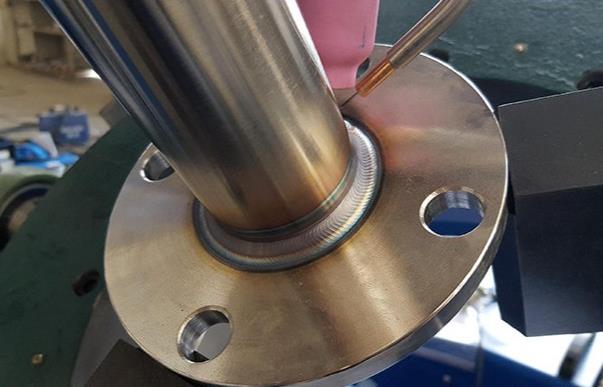
Operation steps:
(1) Clean the oxide and oil stains at the connection point.
(2) Align the laser welding device with the welding point and adjust the welding parameters.
(3) Start the laser and heat the material to the melting point.
(4) Insert the welding wire into the molten pool for welding.
3. TIG Welding
TIG welding, also known as argon arc welding, is an arc welding method performed under inert gas protection. TIG welding can achieve high-precision welding and has a good effect on the welding of beryllium bronze.
Operation steps:
(1) Clean the oxide and oil stains at the connection point.
(2) Align the TIG welding device with the welding point and adjust the welding parameters.
(3) Start the inert gas protection to form a stable argon arc.
(4) Insert the welding wire into the argon arc for welding.
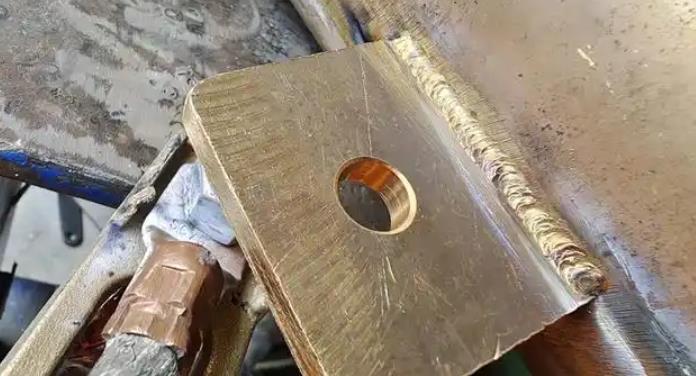
Applications of Beryllium Copper in Industry
Due to the excellent properties of beryllium copper, such as high strength, high thermal conductivity, and high electrical conductivity, it has a wide range of applications in industry. The following introduces several application areas.
1. Electronics
Beryllium copper is widely used in the electronics field, such as semiconductor devices, contacts, connectors, relays, etc. Among them, beryllium copper made into coils and heat sinks is widely used in semiconductor devices.
2. Aerospace
Due to the high strength and high corrosion resistance of beryllium copper, it is widely used in the aerospace field. For example, in the manufacturing of engine turbine blades and wings, beryllium copper has a very promising application prospect.
3. Chemical Industry
In the chemical industry, beryllium copper is widely used as a manufacturing material for fluid control components. In high-temperature, high-pressure, and corrosive environments, beryllium copper shows excellent corrosion resistance and wear resistance.
In conclusion, beryllium copper has excellent welding properties and is widely used. However, when choosing the welding method and materials, it is necessary to make a comprehensive consideration based on specific circumstances.
# Tags:
-
Welding Performance of Beryllium Copper

